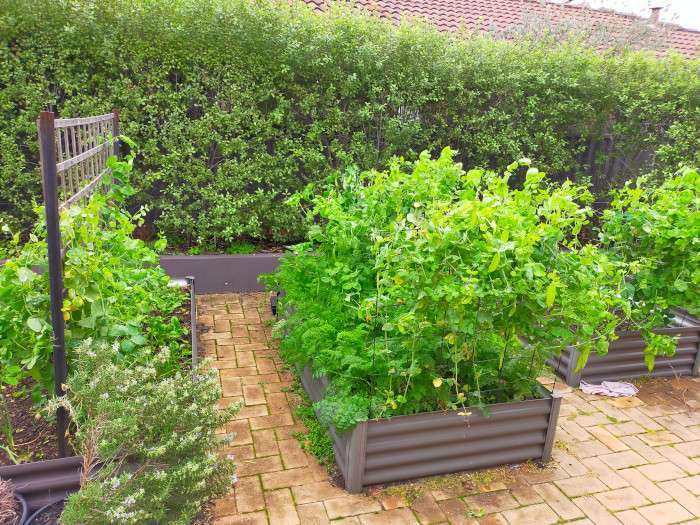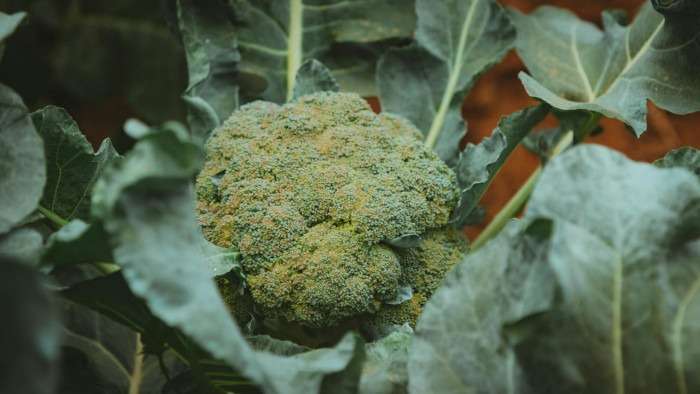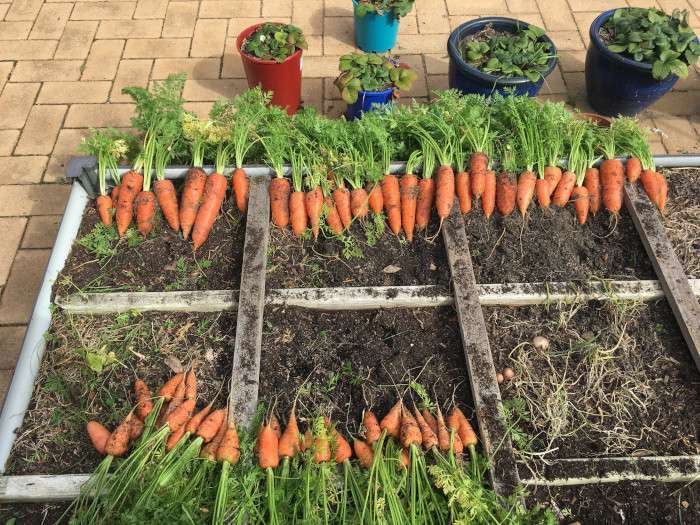Container gardening is a versatile solution for growing a thriving garden, even when space is limited. Whether you’re working with a small backyard, an apartment balcony, or just tight spaces, it offers a way to maximize your growing potential.
I’ve always used container gardening for its flexibility. Whether it’s pots, grow bags, or raised beds, it’s the perfect way to make the most of your space.
In this guide, I’ll share my personal tips and experiences to help you grow more veggies in your garden, no matter how small your space may be.
Benefits of Container Gardening
Container gardening let us to maximize even the smallest areas, such as balconies, patios, or compact yards. Let’s explore how container gardening makes the most of limited space.
Maximise Your Space
Container gardening is perfect for making the most of limited space. By adding vertical elements like hanging baskets, wall-mounted planters, and tiered shelves, you can grow more in smaller areas.
With a balcony, patio, or small yard, you can transform these spaces into lush, productive gardens. It expands your growing space, letting you cultivate a variety of plants even in tight spots.

Soil Control
Container gardening lets you control soil conditions, avoiding issues like flooding, compaction, and nutrient deficiencies common in garden beds. You can choose the ideal mix for drainage, aeration, and nutrients—perfect for plants with specific needs, like blueberries, which require acidic soil.
Unlike garden beds, where soil often turns neutral, containers allow you to create the right conditions for plants with unique soil requirements.
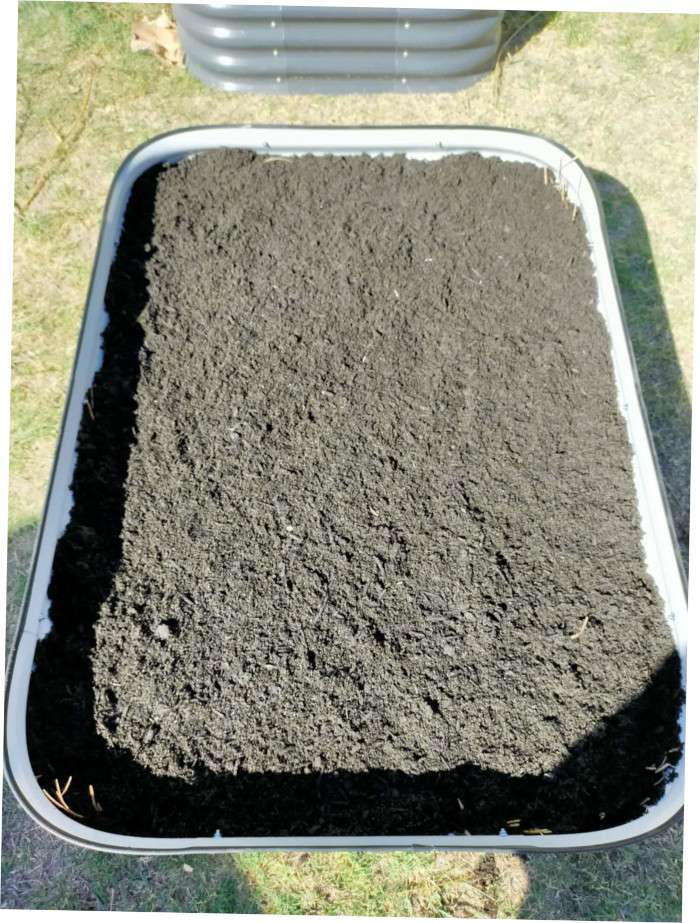
Weed and Pest Control
Container gardening helps reduce weeds and pests. The height of pots and grow bags prevents creeping weeds and protects plants from pests and pets. While not foolproof, it offers significant protection.
With fewer weeds to manage, you’ll spend less time on maintenance and more time enjoying your plants and harvest.

Mobility
Container gardening offers great mobility, ideal for renters or frequent movers. Pots and grow bags can easily be moved around, letting you adjust to seasonal changes.
You can move plants to optimize sunlight throughout the year, protecting them from winter cold or summer heat. In harsh climates, bringing plants indoors ensures their survival year-round.
Choosing the Right Container Size
Choosing the right container size is essential for the health and growth of your plants. Here are some guidelines to follow:
- Single Plant: Ensure the container is large enough to accommodate the plant’s root system. For example, a fruit tree will require a much larger container than spinach.
- Multiple Plants: If you’re growing multiple plants in one container, ensure it provides enough space for all their roots. Crowded roots can stunt growth and reduce yield. Consider the width of the plant itself also, some plants will spread quite wide and will shade out other plants.
How Deep Should the Container Be?
Consider the depth required for proper root development when selecting container sizes. Most plants typically need about 30cm (12 inches) of soil depth. However, plants with deeper root systems, such as potatoes, may require containers with a depth of around 60cm (24 inches) or more.
What’s the Difference Between Container Types?
There are three main containers you can choose from, pots, grow bags and raised beds, although I put raised beds in its own special container category.
Pots
For vegetable or fruit production in container gardening, I recommend plastic pots. They are affordable, durable, lightweight, and available in various sizes. However, if you’re growing plants for aesthetic purposes or indoors, you might want to explore other options.
Terracotta pots are porous, absorbing water from the soil, which can benefit plants that prefer drier conditions. However, they are prone to breakage. Ceramic pots, on the other hand, are heavier and don’t absorb much water, making them suitable for a wide range of plants and for enhancing aesthetics as they are often glazed in interesting colours and textures.
If you’re seeking a more detailed examination of pots, I recommend exploring the “Choosing the Right Pot” section in my article “How to Repot a Plant Successfully: Easy Steps, Lasting Results.”

Grow Bags
Grow bags are another good option for growing in. Since they can be folded up they are good for keeping around in storage until you need them for growing which can be useful, I have a mountain of stacked pots behind my shed.
Since its a bag, it’s going to have a lot more aeration and drainage which can be good for healthy roots, if you are having issues with drainage using regular pots, a grow bag could help remedy this.
Raised Beds
Raised beds do not have the portability benefits that other container gardening does, but it’s a common form of container gardening and a method I use extensively. If are looking for tips on how to fill them up without breaking the bank, be sure to check out our comprehensive guide on “How to Fill a Raised Garden Bed.”
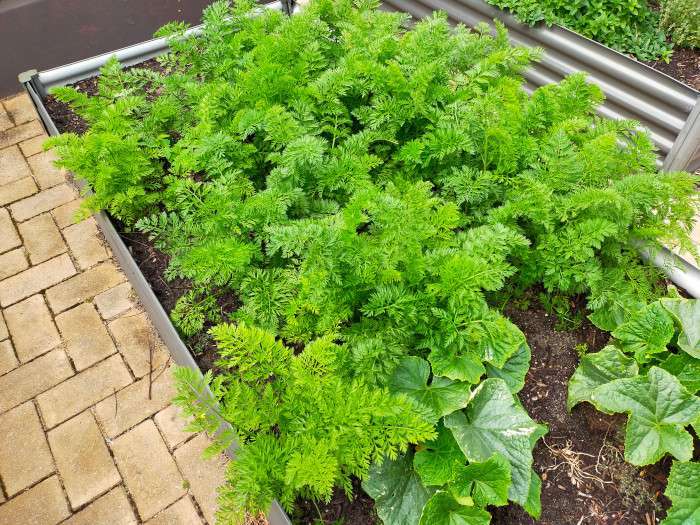
Fertilizing Container Gardens
Fertilizing container plants is similar to fertilizing garden beds, but a smaller space and potentially faster nutrient depletion in containers means there are a few things to keep in mind:
Potting Mix: The potting mix is the initial source of nutrients for container plants. For heavy-feeding crops, you can use a more nutrient-dense mix with added compost or slow-release fertilizers. High-quality potting mixes often contain a balanced blend of organic matter, perlite, vermiculite, and sometimes granular fertilizers.
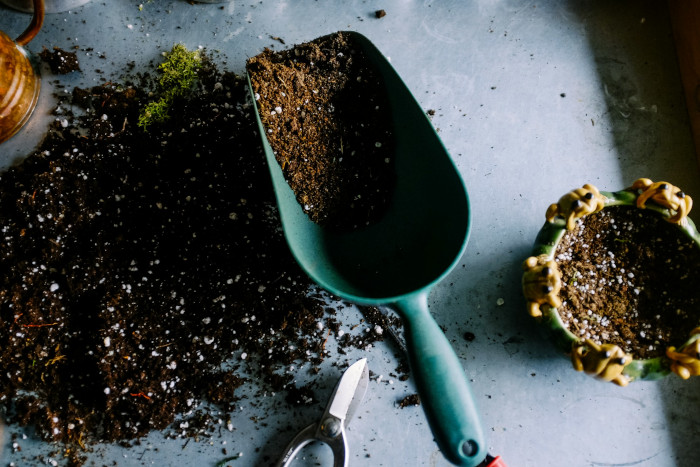
Nutrient Depletion: Unlike garden beds, containers have a much more limited amount of soil, which means nutrients can be depleted faster. Regular fertilization helps maintain good nutrient levels for your plants throughout the growing season.
Types of Fertilizers:
- Granular Fertilizers: These can be mixed into the potting soil before planting or applied to the soil surface. They release nutrients slowly over time, providing a steady supply to the plants.
- Liquid Fertilizers: These are diluted with water and applied more frequently, typically every few weeks. Liquid fertilizers provide an immediate nutrient boost, which can be particularly useful for fast-growing or heavy-feeding plants. Seasol, for example, is a good choice to fertilize crops every few weeks during the growing season.
Application Frequency: How often you fertilize depends on the type of fertilizer used and the plant’s nutrient requirements. Heavy feeders, such as tomatoes, benefit from more frequent applications, while light feeders may require less frequent fertilization.
It’s often a good idea to start with a nutrient-rich mix containing lots of compost, and then supplement conservatively with additional fertilizers.
Signs of Nutrient Deficiency: Monitor your plants for signs of nutrient deficiencies, such as yellowing leaves, stunted growth, or poor fruit production. These can indicate that the plants need additional fertilization.
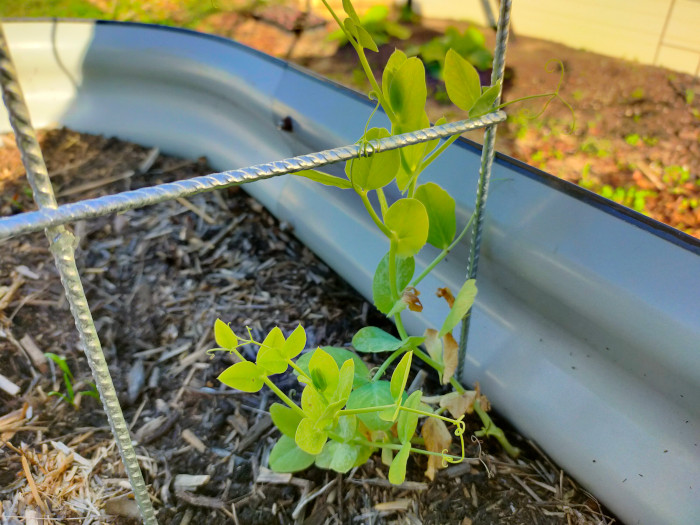
Organic vs. Synthetic Fertilizers: Both types have their advantages. Organic fertilizers, such as compost, release nutrients slowly and improve soil health over time. Synthetic fertilizers provide precise nutrient ratios and immediate availability but may not enhance soil structure.
It’s important to avoid overfertilization with synthetics, as this can damage plants. Overfertilizing with organic nutrients like compost is difficult, though caution should be exercised with fresh manure due to its strength.
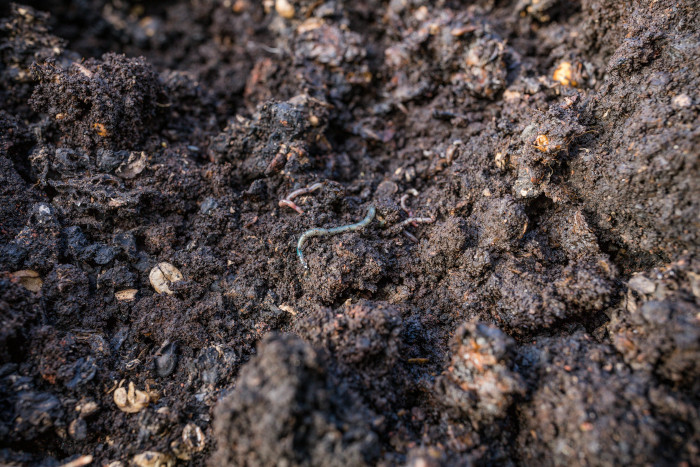
What Plants Grow Best in Containers?
Leafy Greens
Leafy greens such as spinach, lettuce, and other “cut and come again” varieties are excellent crops for container gardening. These plants can be grown much closer together compared to other crops because you continuously harvest the leaves, preventing the plants from fully maturing and thus reducing how much space they need.
By harvesting the leaves regularly, you encourage new growth, which provides a consistent supply of fresh greens. This method also allows you to maximize your container space and grow more plants in a smaller area. Leafy greens thrive in containers, and their shallow root systems make them particularly well-suited for this type of gardening.

Potatoes
Growing potatoes in containers has several advantages. It is easier to harvest them by simply emptying out the pot rather than digging around in a garden bed to find all the tubers. Additionally, potatoes are more susceptible to disease, and if they are all planted together in a garden bed, the disease can spread quickly and ruin the entire crop. By growing potatoes in separate pots, you can reduce the spread of disease and potentially save the rest of your crop.
Containers also provide a benefit in cooler weather, as the sides of the pot can heat up, creating a warmer environment that helps the potatoes to grow. This makes container growing a practical option for regions with cooler climates or for extending the growing season.
Tomatoes
Tomatoes are well-suited for container gardening. Planting them individually in pots allows them to grow large and bushy without competing for space, which can improve their overall health and productivity. Staking or using cages to support the plants helps manage their growth and keeps them upright, keeping the fruits off the ground where they may rot.
Placing the containers in a sunny spot is essential, as tomatoes require plenty of sunlight to produce a good yield. Because we use tomatoes in a lot of dishes, growing them in multiple containers ensures a steady supply for cooking. This approach also makes it easier to move the plants if needed to optimize sunlight exposure during different seasons or protect them from harsh summer sun.
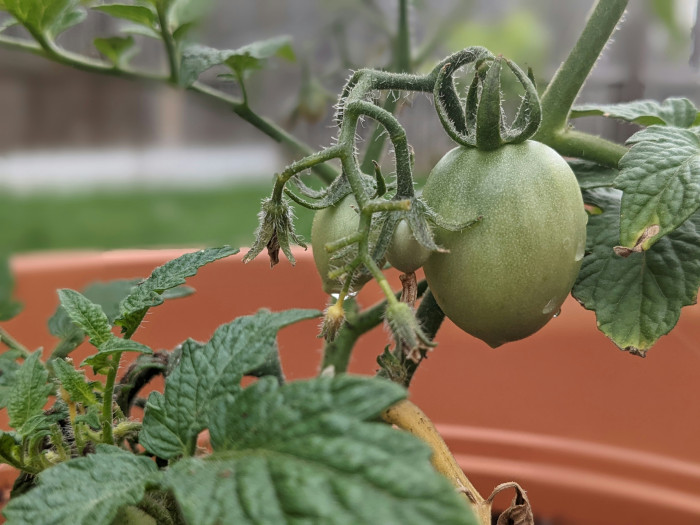
Herbs
Herbs are an excellent choice for container gardening, as you can easily cater to their different requirements. Different herbs have varying soil and water requirements. For example, basil and rosemary prefer well-drained, dry soil and cannot tolerate being overly wet. On the other hand, mint thrives in moist soil and has a much different water requirement.
By grouping herbs with similar needs in the same pots or areas, it’s much easier to maintain the ideal conditions for each type, ensuring they thrive. This approach simplifies watering and soil management, making it easier to provide the best care for your herbs.
I also like to keep them somewhere close to the kitchen so collecting fresh herbs is easy to do and you remember to do it.

Dwarf Fruit Trees
Dwarf fruit trees are ideal for container gardening because they have smaller root systems and won’t grow too large, which means you won’t need an enormous container to support them. Additionally, since fruit trees can take many years to mature and start producing fruit, growing them in containers allows you to take them with you if you move.
The smaller root systems of dwarf fruit trees result in a more manageable tree size, typically not larger than 2 meters tall. This makes harvesting the fruit much easier compared to full-sized fruit trees, which can grow significantly larger and more difficult to manage. This is especially beneficial for large fruit trees like mangoes, which can otherwise become enormous.
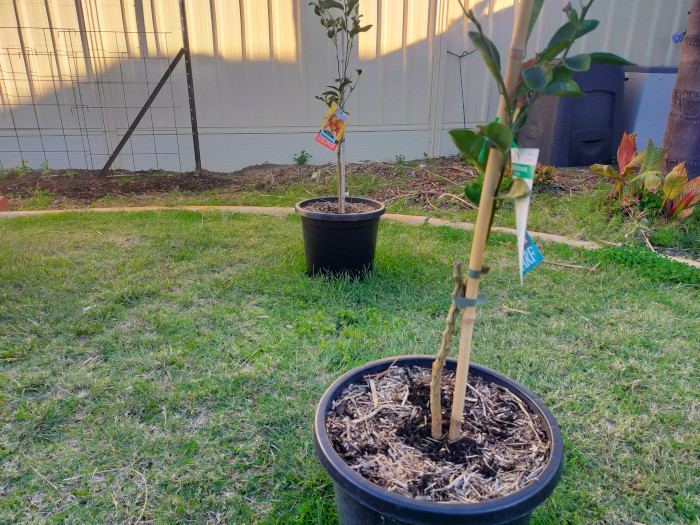
Conclusion
Container gardening is a practical solution for increasing your growing space, whether you have a small backyard, a balcony, or a patio. It offers the benefits of soil control, reduced weed and pest issues, and mobility.
By carefully selecting the right containers and understanding the needs of your plants, you can create a thriving garden that yields a variety of crops, from leafy greens and potatoes to tomatoes, herbs, and dwarf fruit trees. Embrace container gardening to transform your limited space into a lush, productive area.
What do you like to plant in your containers? Share your favourite container gardening plants and tips in the comments below!
